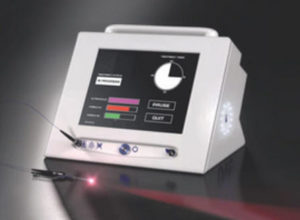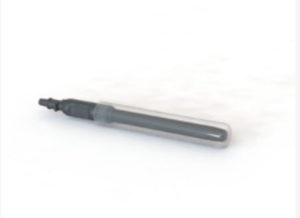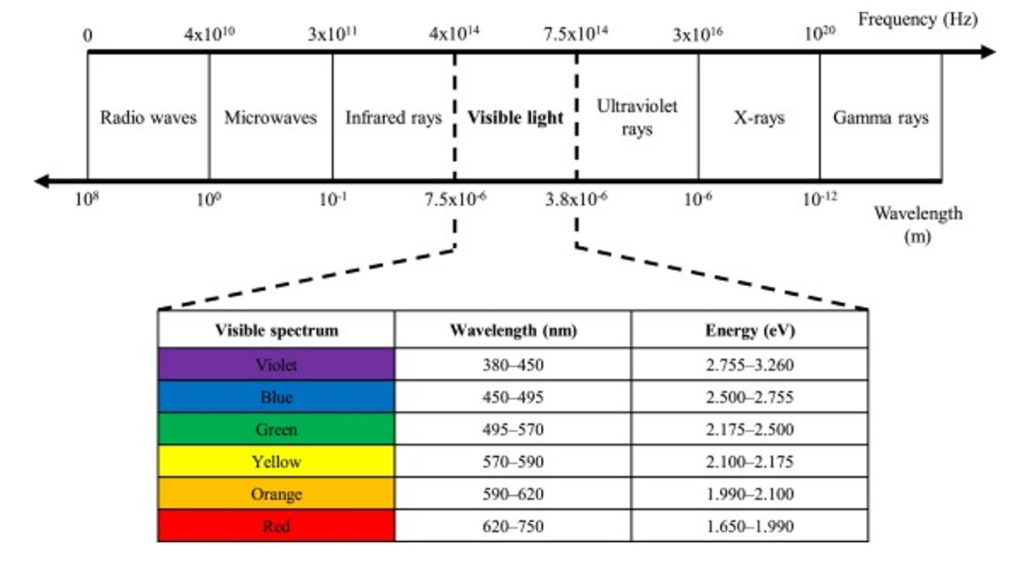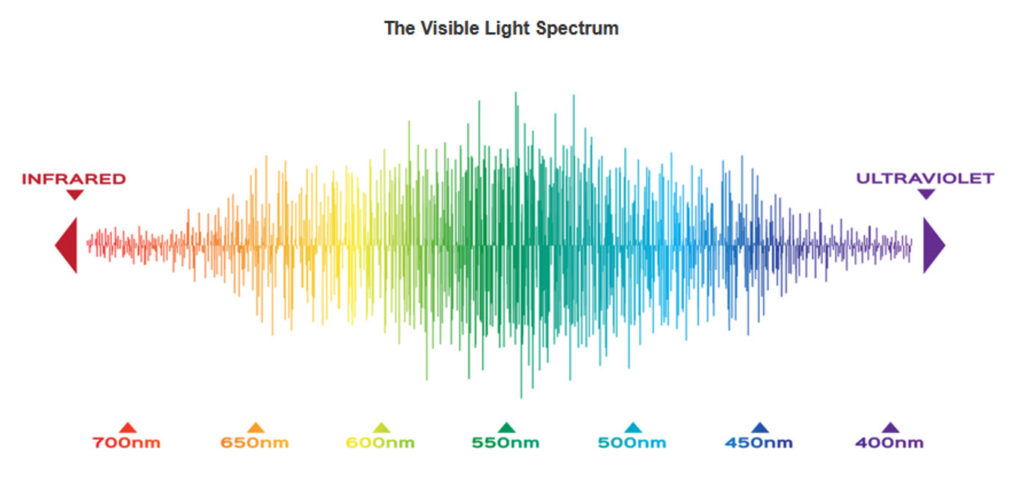Light Therapy (Photobiomodulation)
In recent years, ultraviolet blood irradiation (UVB) has been used for killing bacteria and viruses, and lasers have been used over injuries for healing. The variety of light therapy types includes infrared red light such as those used in saunas, a low-level laser which is applied externally for injuries, and light therapy for use in the winter for depression.
Our photonx device can deliver a variety of different wavelengths throughout the entire circulation of the body through what is called Photobiomodulation, or light therapy. The light is delivered under the tongue to the vascular bed, and comparative studies demonstrate this is the best method; better than intravenous or merely delivering the light over the skin.
NatureMed Recommends Photobiomodulation for:
- Fatigue
- Exercise performance and recovery
- Improvement of immune function
- Chronic pain
- Postsurgical healing
- Chronic infection such as Lyme and Epstein Barr
The Photonx Energy Station
The photonx station generates the light energy and manages the treatment process. It contains an exclusive, patented optic engine that employs a cutting-edge mirror matrix to capture the light sources and direct it into the output port for delivery to the patient applicator.
Photonx Monotube Sublingual Applicator
The Photonx Monotube Sublingual Applicator delivers multiple photonic wavelengths into the vascular bed of the sublingual region.
Photobiomodulation Background
The science of Photobiomodulation (PBM) involves using light at wavelengths between 411 to 1100 nm to mainly influence inflammation, reduce pain, and promote healing. In 2008, the Russian scientist Tiina Karu was the first to elucidate the key mechanism for PBM. She identified the ability of low-level light therapy to affect cytochrome C oxidase in the respiratory chain responsible for generating ATP as the primary action. She also introduced the concept of retrograde mitochondrial signaling that explains how relatively brief exposure to light can affect cellular biology for many days after exposure.
Prior to being called PBM, it was called low level light therapy (LLLT), as well as just laser therapy. In the past only red wavelengths were used but now recent data supports other wavelengths as well.
The experimental use of PBM was first reported by Endre Mester in 1967 at Semmelweiss University, Budapest. After shaving the backs of mice and applying red light it was found that the hair grew back faster than the mice that did not receive the light therapy.
Specific Mechanisms of Action for Photobiomodulation
PBM works mainly by affecting ATP production in the electron transport chain within mitochondria, reducing reactive oxygen species which promote inflammation, and controlling inflammation molecules made by the immune system. Light therapy is being used in both animal and human studies to reduce side effects of chemotherapy and radiation, improve healing post-surgically, treat neuro inflammation, reduce pain, and improve muscle performance in humans. In total, at least 6,000 papers have been published regarding the application of bio modulation for the above conditions. Out of the randomized trials, 620 have been on humans.
According to the Grotthuss–Draper law, commonly termed “the First Law of Photochemistry”, photochemical reactions are dependent on the absorption of light by a system.
The primary mechanisms include:
- Direct action on the electron transport chain through activation of the enzyme cytochrome C oxidase which increases ATP and affects energy levels, as well as athletic performance in biological function of other tissues like the retina.
- Direct action on G proteins called opsins. Opsins are found in the retina of the eye, the vascular system, and skin—affecting hair growth.
- Direct action on flavins and flavoproteins. Blue light at wavelengths excites these molecules. One class of flavins absorb blue light and are thought to be responsible for the regulation of circadian rhythms in mammals. Flavins are also found in the electron transport chain possibly affecting mitochondrial activity.
- Direct action on porphyrins. Porphyrins are found in the liver and involved in detoxification, the electron transport chain, hemoglobin, and red blood cells, to name a few. Blue light in wavelengths of approximately 400-420 nm is used for this.
- Synthesis of nitric oxide. Several different wavelengths have been shown to elicit nitric oxide release and synthesis in a number of different tissues.
Secondary or downstream mechanisms include:
- The key inflammatory molecule called the nuclear factor chain enhancer can also be modulated through action on the release of reactive oxygen species. Various wavelengths of light can also affect the gene expression of Cox 2: the key inflammatory pathway that increases prostaglandins.
- Effects on transforming growth factor signaling. A family of growth factors are responsible for the wound healing process as well as the growth of new blood vessels.
- Increased expression Nrf2 (pronounced nerf two). This protein regulates the expression of antioxidant proteins.
- Effects on cells signaling through mitogen activated protein kinase (MAPK). This family of proteins play a critical role in cellular activities such as cell signaling and cell death. Dysregulation of this process is associated with aging and cancer.
PBM Treatment
PBM treatment consists of a sublingual delivery of various exact wavelengths of light and takes 40 minutes. The vascular system under the tongue delivers significant blood flow and all the blood in the body can be treated in 40 minutes. However, the different actions in the body are quite varied depending on the wavelength. Because this is a sublingual delivery device affecting blood only, rather than a topical use, it affects the immune system and red blood cells. These cells are affected by the above mechanisms of a blue light, with the exception of effects on the retina, and direct effects on tissue such as tendons and hair growth.
Wavelength Action Summary
Red: 630 nm (the commonly known red laser uses wavelengths between 630 and 680 nm)
- Kills bacteria
- Improves wrinkles and improves collagen density
- Increases ATP in the mitochondria may improve exercise performance safely and legally if done at least two to three hours before an event
- Improves eyesight through its effect on mitochondria
- Aides in wound and injury healing
- There is currently a clinical trial involving the effect of a 630 nm red light on cognitive function in older adults with mild to moderate Alzheimer’s disease [Huang N, Yao D, Jiang W, et al. Safety and Efficacy of 630-nm Red Light on Cognitive Function in Older Adults With Mild to Moderate Alzheimer’s Disease: Protocol for a Randomized Controlled Study. Front Aging Neurosci. 2020;12:143. Published 2020 May 21.] More studies on Alzheimer’s and cognitive decline are also in the works.
- Accelerates healing
- Shown to improve fatigue and quality of life in patients following traumatic brain injury
- Mixed red wavelengths (Red 630nm’s, Red 670nm’s, and Near-infrared 810nm’s) can increase ATP synthesis and improve exercise performance if used before exercise.
- Increases glutathione levels
Blue: 405 nm
- Improves healing for burn victims
- Aides in wound healing
- Controls bleeding during oral surgery
- Lowers inflammation reaction on cytokines in the inflammation cascade
- Increases ATP
- Reduces acne
- Blue light is used by dentists to cure polymer resins used in tooth restoration procedures, and also for bleaching teeth
Green: 530 nm
- Improves symptoms of pain
- Reduces oxidative stress
- May improve hair growth
- May improve eyesight through action on opsin. Opsin 1 (OPN1) and 2 (OPN2) expression is localized to the retina in the eye.
- Increases ATP
- Reduces acne
Note: All of the wavelengths affect exercise recovery. We also recommend light therapy in conjunction with intravenous vitamin C at the same time.
Our device is currently approved by the FDA for wellness, not for treating any specific disease.
Please contact our office for information on how to get started with PBM: 303.884.7557.
*Serrage, H., , Heiskanen, V., , Palin, W. M., , Cooper, P. R., , Milward, M. R., , Hadis, M., , & Hamblin, M. R., (2019). Under the spotlight: mechanisms of photobiomodulation concentrating on blue and green light. Photochemical & photobiological sciences : Official journal of the European Photochemistry Association and the European Society for Photobiology, 18(8), 1877–1909.
Dos Santos SA, Serra AJ, Stancker TG, et al. Effects of Photobiomodulation Therapy on Oxidative Stress in Muscle Injury Animal Models: A Systematic Review. Oxid Med Cell Longev. 2017;2017:5273403. doi:10.1155/2017/5273403
Hamblin MR. Photobiomodulation or low-level laser therapy. J Biophotonics. 2016;9(11-12):1122-1124. doi:10.1002/jbio.201670113
Janzadeh A, Nasirinezhad F, Masoumipoor M, Jameie SB, Hayat P. Photobiomodulation therapy reduces apoptotic factors and increases glutathione levels in a neuropathic pain model. Lasers Med Sci. 2016;31(9):1863-1869. doi:10.1007/s10103-016-2062-0
Ferroni L, Zago M, Patergnani S, et al. Fluorescent Light Energy (FLE) Acts on Mitochondrial Physiology Improving Wound Healing. J Clin Med. 2020;9(2):559. Published 2020 Feb 18. doi:10.3390/jcm9020559
El Mobadder M, Farhat F, El Mobadder W, Nammour S. Photobiomodulation Therapy in the Treatment of Oral Mucositis, Dysphagia, Oral Dryness, Taste Alteration, and Burning Mouth Sensation Due to Cancer Therapy: A Case Series. Int J Environ Res Public Health. 2019;16(22):4505. Published 2019 Nov 15. doi:10.3390/ijerph16224505
El Mobadder M, Farhat F, El Mobadder W, Nammour S. Photobiomodulation Therapy in the Treatment of Oral Mucositis, Dysphagia, Oral Dryness, Taste Alteration, and Burning Mouth Sensation Due to Cancer Therapy: A Case Series. Int J Environ Res Public Health. 2019;16(22):4505. Published 2019 Nov 15. doi:10.3390/ijerph16224505




